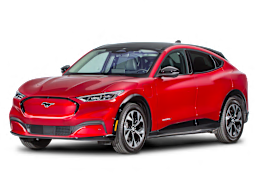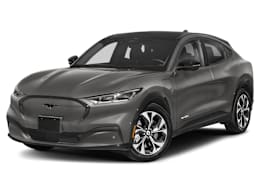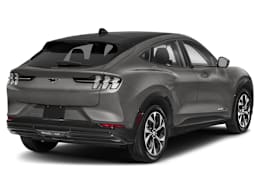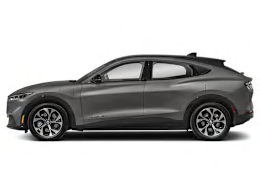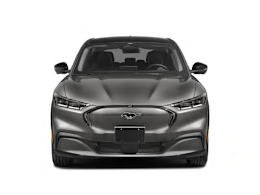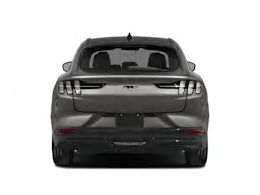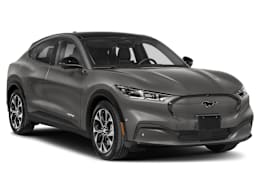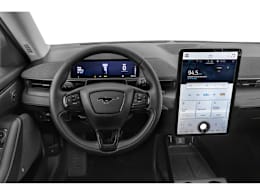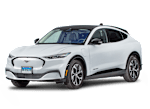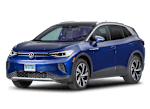Ford Mustang Mach-E
2021 SUVs Reliability
Crash Tests
Crash Tests
Ford vs. Other New Car Brands
Ford vs. Other New Car Brands
Crash Tests
2021 Electric SUVs Ratings
- electric (282 hp)
- electric (332 hp)
- electric (459 hp)
- electric (255 hp)
- 1-speed direct
- Join Consumer Reports cu. ft.
In most cases, automotive warranties are based on the vehicle identification number (VIN), and the warranty will be valid regardless of ownership. The dealership can tell you exactly how much warranty is left.
Read more about extended warranties


















